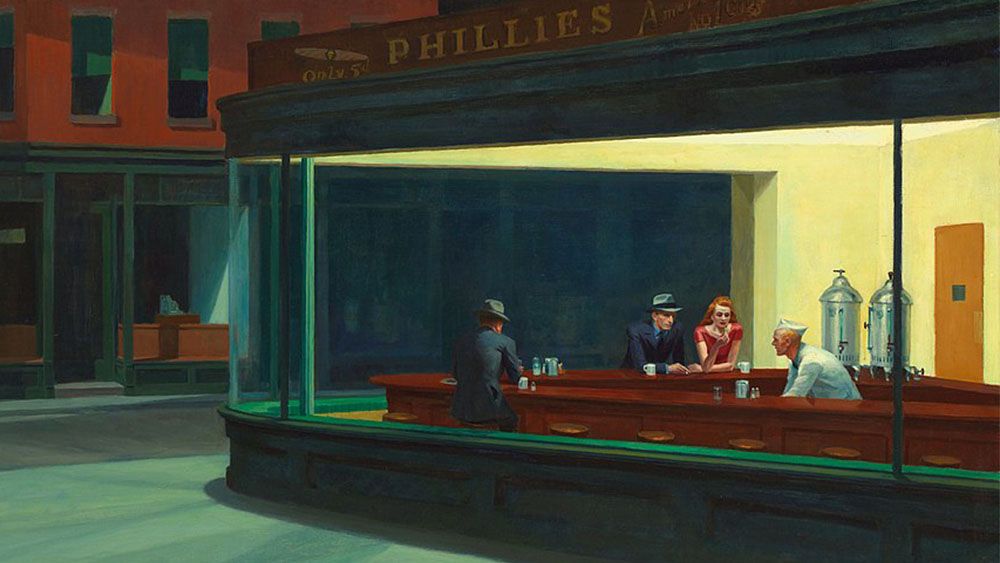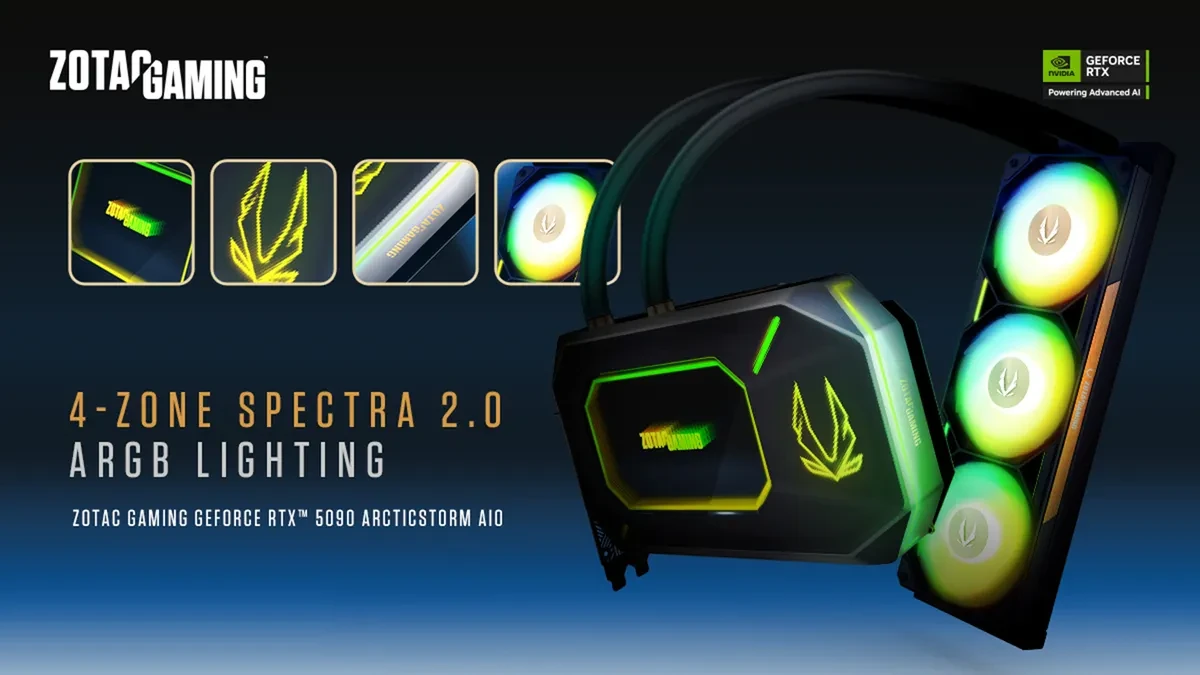Adobe just dropped After Effects 25.4, and I can hardly contain my excitement! Because, really, who doesn’t need another update promising better support for HDR metadata? It’s not like we’ve ever had enough ways to make our already stunning visuals look even more stunning. Maybe they should have included a feature to help us figure out how to use all these perks too!
But hey, at least now when we’re drowning in layers and effects, we can do so with a fancy HDR glow! Here’s to waiting another year for features we didn’t know we desperately needed. Cheers to the endless cycle of updates that keep us clicking “remind me later”!
#AfterEffects #AdobeUpdate #VFX #MotionGraphics #HDR
But hey, at least now when we’re drowning in layers and effects, we can do so with a fancy HDR glow! Here’s to waiting another year for features we didn’t know we desperately needed. Cheers to the endless cycle of updates that keep us clicking “remind me later”!
#AfterEffects #AdobeUpdate #VFX #MotionGraphics #HDR
Adobe just dropped After Effects 25.4, and I can hardly contain my excitement! Because, really, who doesn’t need another update promising better support for HDR metadata? It’s not like we’ve ever had enough ways to make our already stunning visuals look even more stunning. Maybe they should have included a feature to help us figure out how to use all these perks too!
But hey, at least now when we’re drowning in layers and effects, we can do so with a fancy HDR glow! Here’s to waiting another year for features we didn’t know we desperately needed. Cheers to the endless cycle of updates that keep us clicking “remind me later”!
#AfterEffects #AdobeUpdate #VFX #MotionGraphics #HDR
1 Reacties
·0 aandelen












